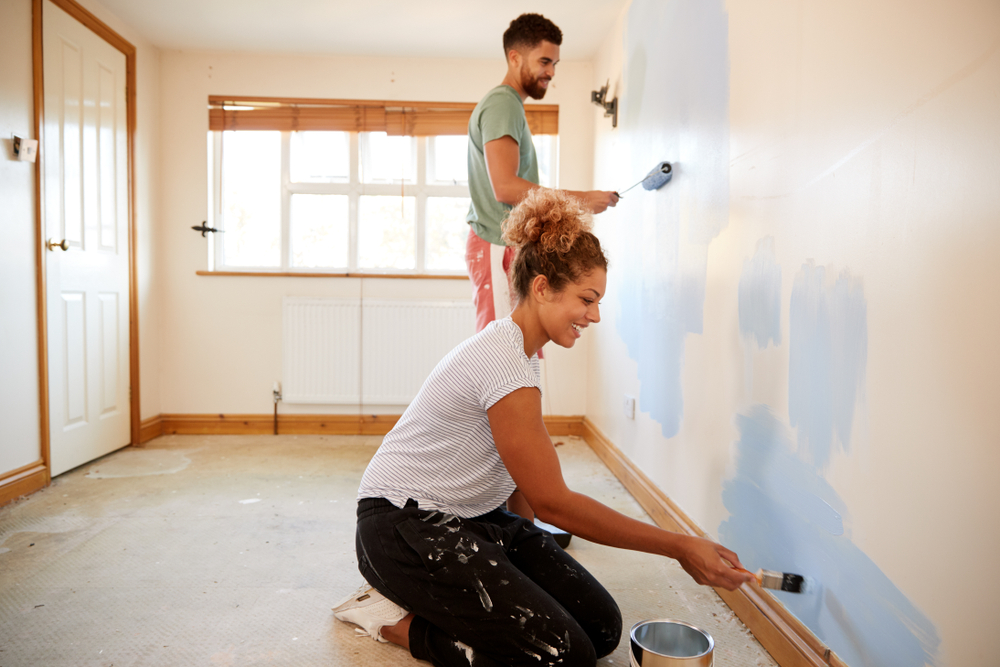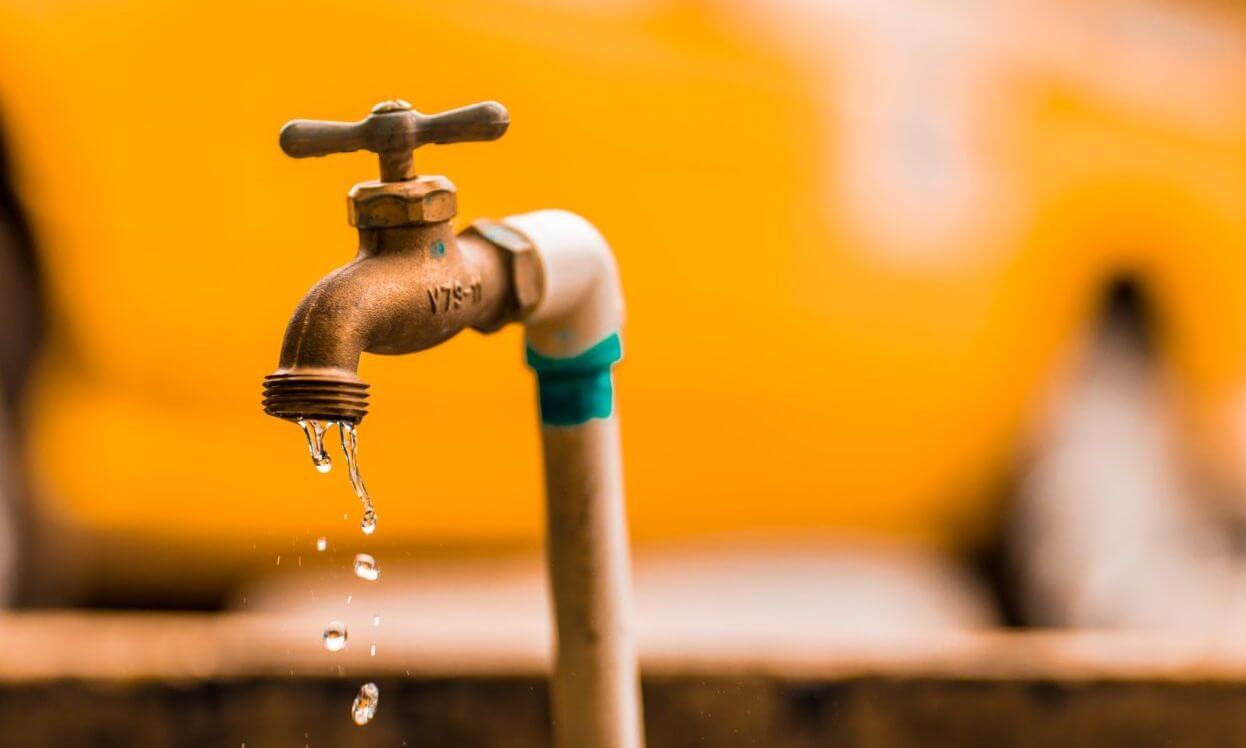What Every Landlord Should Know: Handling Plumbing Problems in Rentals
We have noticed this great article about Who is responsible for plumbing maintenance down the page on the internet and thought it made sense to talk about it with you over here.

Managing pipes issues in rental residential properties efficiently is vital for maintaining renter satisfaction and protecting the building's value. Whether you're a proprietor or a residential or commercial property supervisor, knowing how to attend to these usual problems can save you time and money while making certain compliance with legal obligations. Here's a step-by-step guide on exactly how to manage pipes concerns in rental residential or commercial properties.
Paper Every little thing
Maintain detailed records of all reported plumbing issues and the actions taken to solve them. Paperwork needs to consist of days, descriptions of the problem, communication with renters, and invoices from specialists or plumbers. This information can be essential for insurance coverage cases, tax obligation reductions, and legal security.
Usage Qualified Professionals
Always utilize accredited and insured experts for considerable pipes fixings and installments. This makes certain that the job is up to code and can help avoid liability concerns in case of crashes or additional damage. It also reassures lessees that repair services are being managed expertly.
Establish Clear Interaction
Motivate renters to report any pipes problems as soon as they take place. Supply several communication channels such as phone, email, or a lessee website to make it easy for them to connect. Prompt responses to these records can avoid minor issues from escalating into significant issues.
Educate Tenants
Enlighten your occupants regarding what constitutes a pipes emergency situation and what does not. Offer guidelines on just how to manage minor concerns themselves, such as utilizing a plunger to unblock a bathroom. Also, educate them regarding what they ought to prevent putting down drains to prevent obstructions, such as oil, coffee premises, and non-biodegradable products.
Routine Maintenance
Execute a routine upkeep timetable for all pipes systems in your leasing residential properties. Routine checks can assist determine and fix issues like leaks, slow-moving drains pipes, or corroded pipes prior to they come to be severe. Think about hiring a professional plumbing professional to evaluate the residential properties every year or semi-annually.
Quick Reaction to Emergencies
Have a strategy in place for responding to pipes emergency situations. This should consist of having the get in touch with information of reliable pipes services that supply 24/7 emergency repair work. Quick action is important to reduce damage in scenarios like burst pipelines or serious leaks.
Preventive Upgrades
Think about upgrading older pipes systems and fixtures to extra contemporary, efficient designs. This can lower the regularity and extent of plumbing issues and lower long-lasting maintenance costs. It's also a marketing point for prospective tenants that value upgrades and modern-day functions.
Occupant Move-Out Inspections
Conduct detailed plumbing checks throughout move-out assessments to make sure that any type of issues are identified and resolved prior to a new tenant relocate. This protects against disagreements with new tenants over pre-existing problems and makes sure the building remains in top problem.
Understand Lawful Obligations
Recognize your lawful duties pertaining to pipes and basic property maintenance. Many jurisdictions require property managers to ensure their residential properties are habitable which all pipes systems are in good working order. Failure to deal with major issues promptly can lead to lawsuits from lessees.
Lessee Repayments
If a pipes problem requires immediate focus and the lessee settles the problem on their own, have a clear policy in place for compensating expenses. Guarantee renters know they need to get prior approval for higher-cost repairs unless it's an outright emergency.
Conclusion
Handling pipes problems in rental residential or commercial properties requires an aggressive technique and good interaction with occupants. By staying on top of upkeep, responding promptly to emergency situations, and using professional experts, property owners can keep their buildings in outstanding problem and preserve good partnerships with renters.
How to Handle Water Damage in a Rental Property
What is Water Damage?
Water damage is harm or destruction caused by water entering areas where it is not supposed to be. It can be caused by a variety of sources and can manifest in different ways. The most common examples of water damage include:
Leaking roof Plumbing leaks Appliance malfunctions Poor drainage Flooding Sewage backup Condensation Tenant negligence HVAC system issues Frozen pipes Is water damage dangerous?
Water damage itself is not inherently dangerous, but it can lead to various hazards and health risks if not promptly and properly addressed. The severity of these risks depends on the extent of the water damage, the source of the water, and how quickly it is mitigated.
Some potential dangers associated with water damage include structural damage, mold and bacterial growth, electrical hazards, water contamination, and pest infestations. In situations where mold and mildew have gone unaddressed, mold can start to develop within 24-48 hours of water exposure, and this can impose a serious health risk to tenants. In particular, mold spores and damp conditions can lead to respiratory issues and even make existing health problems worse, such as allergies, asthma, or immune disorders.
Water Damage in an Apartment - Who is Responsible?
If the water damage is caused by the tenant’s negligence, the tenant is responsible for the cost of repairs. If the water damage is caused by a defect in the property, the landlord is responsible for the cost of repairs. If the water damage is a result of natural causes, such as excessive rain, then the landlord is responsible, since the water intrusion likely occurred due to a defect in the property. Landlord Responsibility water damage in rental property
Since maintaining habitability is the landlord’s legal responsibility, landlords are responsible for any resulting structural damage caused by water damage. These structural damages may include damage to walls, roofs, ceilings, and flooring. If water damage has affected the rental property’s original structure, the landlord is responsible for repairing or replacing those materials. Therefore, landlords should have property insurance that covers the structural components of their rental property so that they can receive help with the costs of covered events.
Preventative measures can also help landlords avoid massive renovations. Preventative maintenance may include conducting regular inspections to identify and address potential water damage before it becomes a major and urgent problem.
If a landlord fails to meet their responsibilities regarding water damage, it can lead to legal disputes and potential liability. Tenants who believe their landlord is not addressing water damage issues in accordance with California law can seek legal advice or contact local housing authorities for assistance.
https://www.goodlifemgmt.com/blog/water-damage-in-a-rental-property/

We had been made aware of that article on Plumbing Maintenance Guide for Tenants through an acquaintance on a different site. If you enjoyed our blog posting please consider to pass it around. Thank you for your time. Kindly pay a visit to our website back soon.